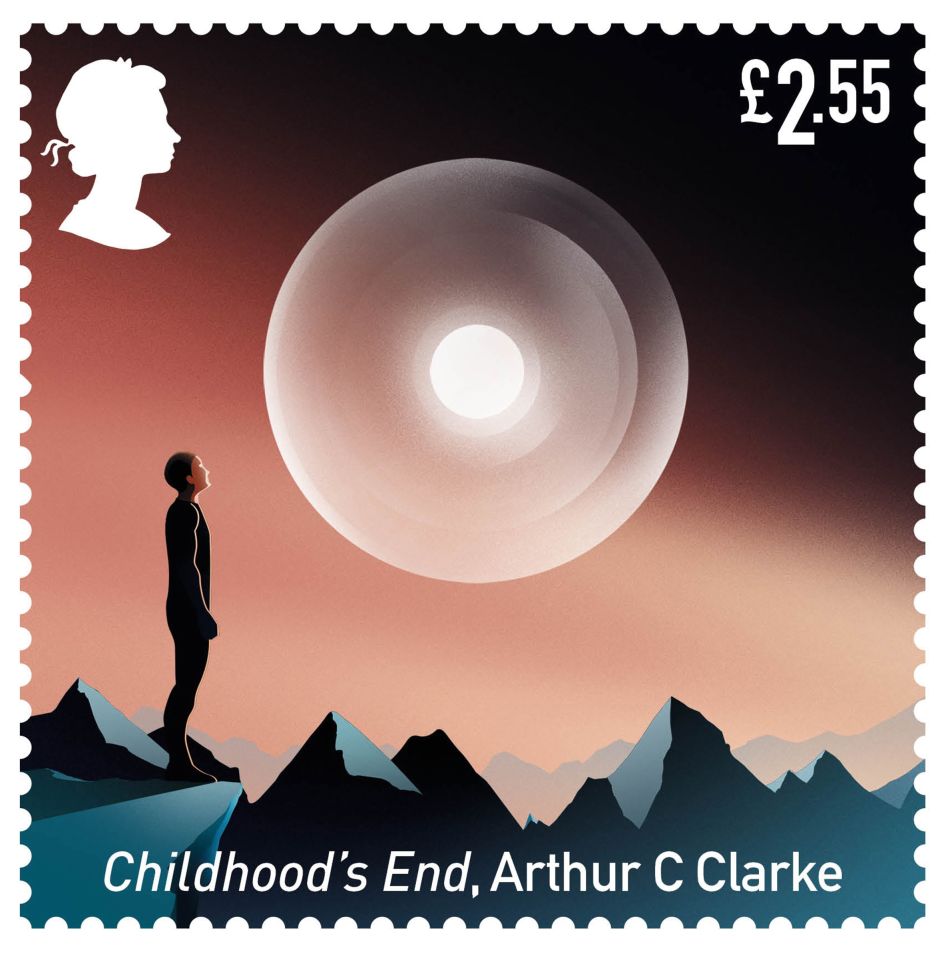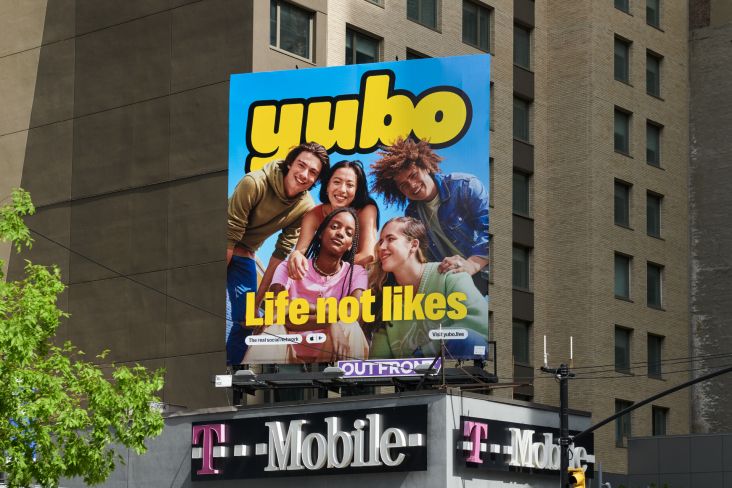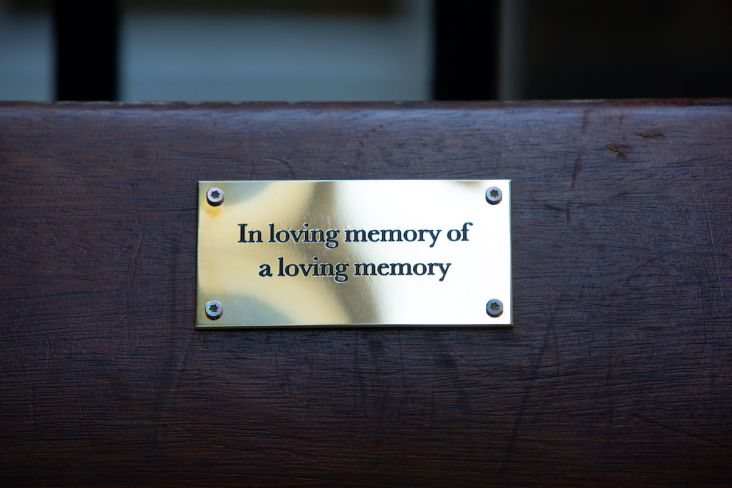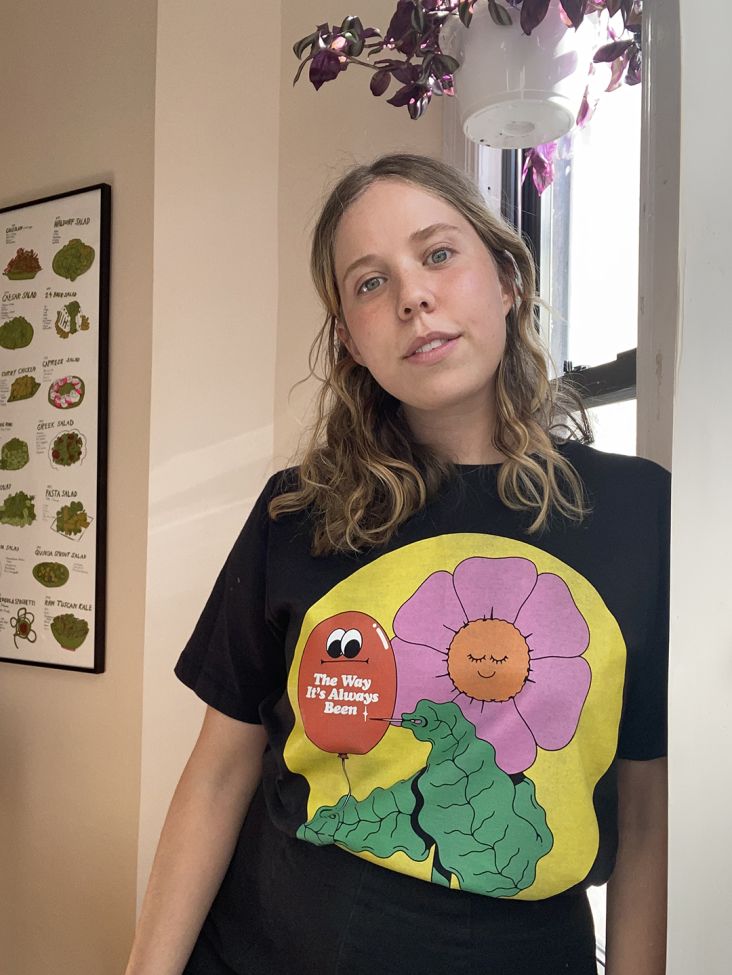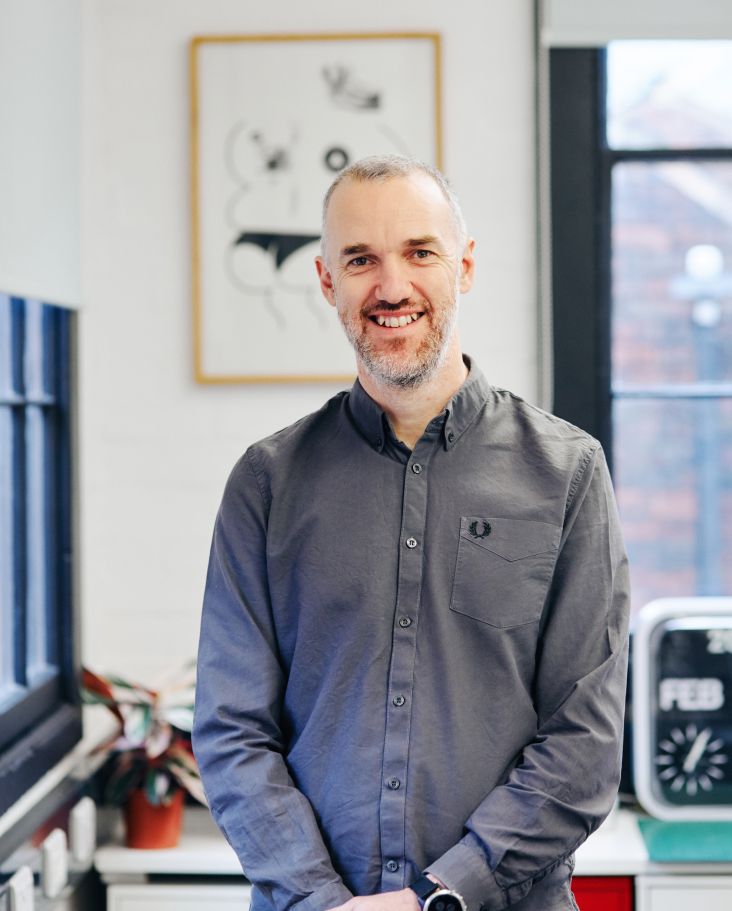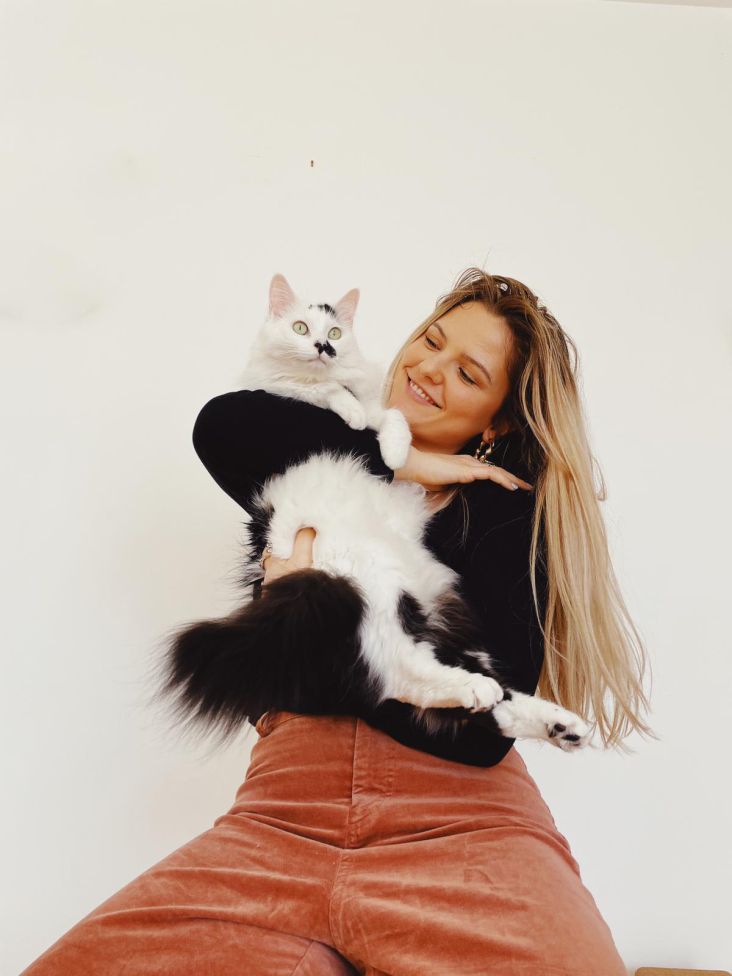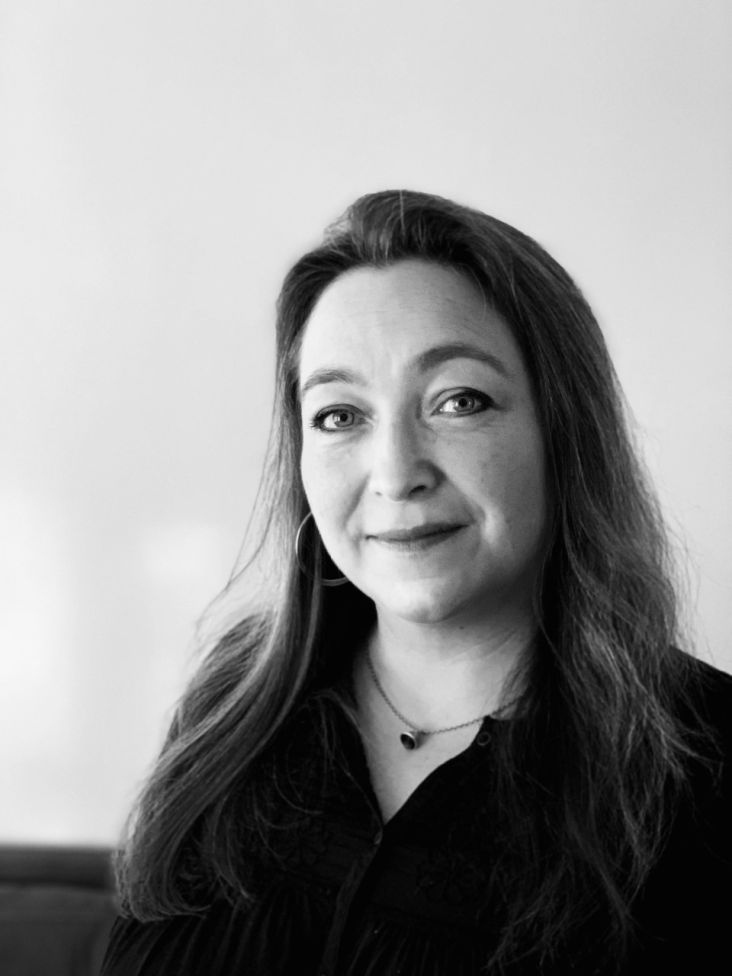Matt Murphy on switching creative careers, playing with light and shadow, and surviving harder times
Award-winning illustrator Matt Murphy has become known for his conceptual approach, adding delicate textures and confident colour palettes to create beautiful work for Johnnie Walker, Adele, The Guardian, and Stella Artois, to name a few.
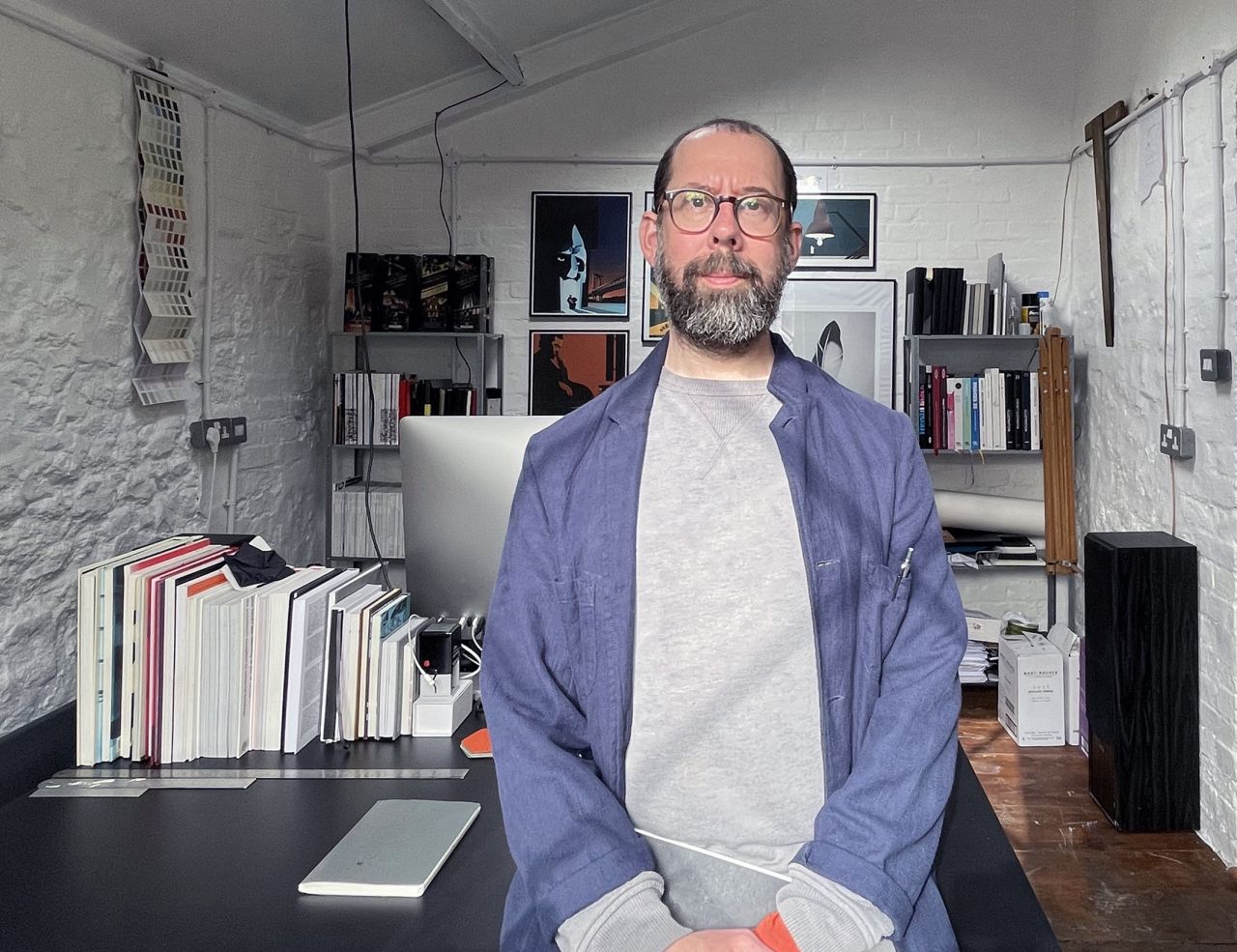
But his path to illustration hasn't been as straightforward as you might think. He first studied photography at Reading School of Arts & Technology, graduating in 2000 before working as an assistant for photographers in London to develop his skills. But after five years of running around the capital on assignments, he quickly realised it wasn't for him and turned his attention to digital art instead.
After building a portfolio and developing his illustration skills, he attracted clients such as The Big Issue and The Independent, which eventually led to Matt creating a cover illustration for The New York Times Magazine – a project that no doubt propelled his career as a freelance illustrator.
Fourteen years later, after switching course and embracing his love of illustration, Matt is represented by Handsome Frank, and he continues to craft editorial and literary-based projects that perfectly communicate conceptual ideas in his signature minimalist style. We caught up with Matt from his studio in Dorset to hear more about his journey.
What was the turning point when you realised illustration was more for you?
So around 2004, I guess I was assisting a photographer in London. I had become increasingly frustrated by the restrictions that I felt existed in photography. I wanted to create images that were in my mind, and I couldn't do that with the camera alone. We had touched on digital art at college, and it had piqued my interest. It felt like a logical progression from photography, so I started putting some work together that was a mixture of textures, paint and photographs on a flatbed scanner and then used photoshop to put them together; I created a series of post-apocalyptic landscapes heavily influenced by the Artwork of Stanley Donwood for Radiohead's Kid A album, the Post Apocalyptic theme stayed with me for a long time.
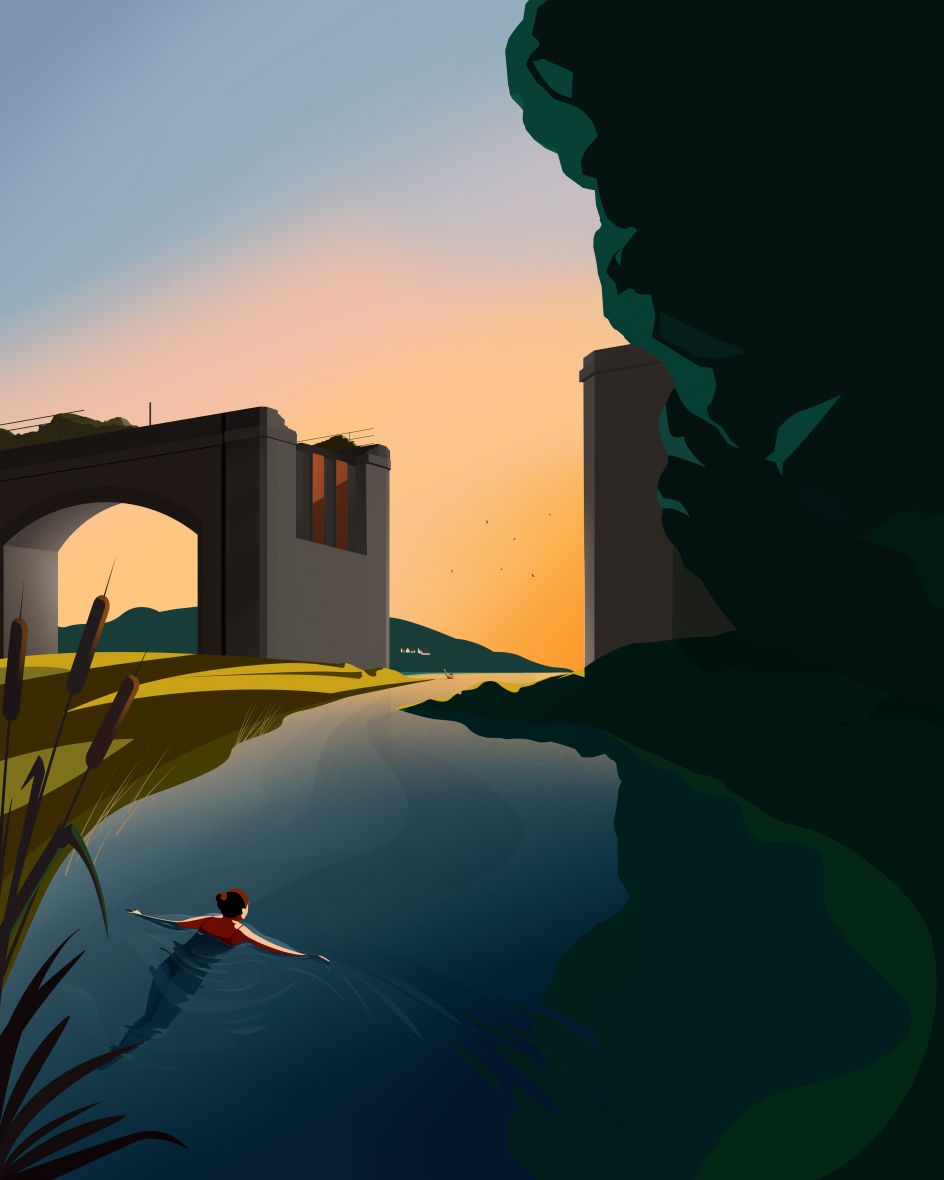
How much of your former photography practice would you say inspires your illustration work today?
This is tricky to answer as I think I lost my way with this element for a while, and I'm only recently reminded of the things I was taught and the inspirations that formed my photography.
The use of light and shadows to create depth within even the smallest area of an illustration is so important. As a photographer, I loved the work of Hopper, Sarah Moon, Nick knight and László Moholy-Nagy, to name a few and all of them used light so well to create a story or something more than what you are looking at. I was looking through all my old notebooks from the early 2000s, and it reminded me of all these artists I loved. It reminded me of that photographic side of my work.
For a few years, I feel I lost that, but towards the end of 2020 and this year, I've really got it back, and I'm now producing the best work of my career.
It's been fourteen years since the switch; how are things going?
It's been such a great journey, and it's still going. I've never once wished I'd stayed in photography, and my work has continued to evolve and change. The early work doesn't even feel like mine anymore.
I can't recognise myself in much of it; I've moved my style forward, removing any trace of the photo collage and scanned textures of the early days and creating all the elements from scratch. I genuinely feel that the only limitation on what I can create is my imagination, which is incredibly liberating for me. The bonus is that I can now enjoy taking pictures again.
We should be encouraging the widest mix of creatives as possible to join the creative industries, not just those who can afford not to work for three months because of the family privileges they benefit from.
How has the global pandemic affected you, if at all?
It's affected me for sure, not just work being cancelled or never starting, but mentally I found it hard to concentrate on my work.
I suffer from anxiety as many people do and, in particular, catastrophising, so a global pandemic is not ideal for my mental health, especially when I'm in the middle of the largest advertising job of my career. It took me a few weeks to get my head sorted enough to create work that I was happy with, but as time went on, I was calmer, and things got easier.
I went running a LOT and relied on yoga to keep me calm; my partners a yoga teacher, which helps. During the second lockdown, I was fortunate enough to take time off to help with the homeschooling of our son Arthur which is something I really enjoyed and will stay with me forever.
I think the main effect I saw on the industry was uncertainty, so many jobs floating around, but so few of them got off the ground; it was like the industry didn't know what to do. Also, I remember talking to Stuart from Handsome Frank about how we thought the editorial side of illustration would get busy due to a lack of photography, but it never happened. I guess they chose stock photography instead of illustration. But we were all perfectly placed; most illustrators have been self-isolating for years.

How did you feel about the lack of government support last year?
I feel that government after government, with the exception of Labour in 1997, has failed to support the arts despite it contributing over ten billion to the UK economy. It does appear that Boris Johnson and his cronies are particularly against the idea of supporting us though, which is really frustrating, but this was going on before the pandemic – cuts to the various sections of the arts are constant, whether it's removing funding or the closing of live music venues, for me, part of the problem is the complete lack of trust for the self-employed sector by this government. They seem loathed to add us to the list of people they were willing to support.
Is there anything you'd like to change about the creative industries?
It's been an interesting time in the creative industries of late, the push since the BLM protests to really look at the inequality within our industry has been great, and to see people like my agents Handsome Frank join with others to launch @agentsforchange_ has made me feel immensely proud to be associated with them, but there's so much more to do – not just in addressing inequality in race and sexual orientation but also the issue of class, of only allowing the arts to be available for the privileged middle or upper classes of this country.
I grew up in a council house. My dad was a builder, and my mum was a full-time mum, and we had very little. I've not yet met another commercial artist who had this background, and I think it's a problem. We should be encouraging the widest mix of creatives as possible to join the creative industries, not just those who can afford not to work for three months because of the family privileges they benefit from. I would like to see more balance and more support for artists from poorer backgrounds.
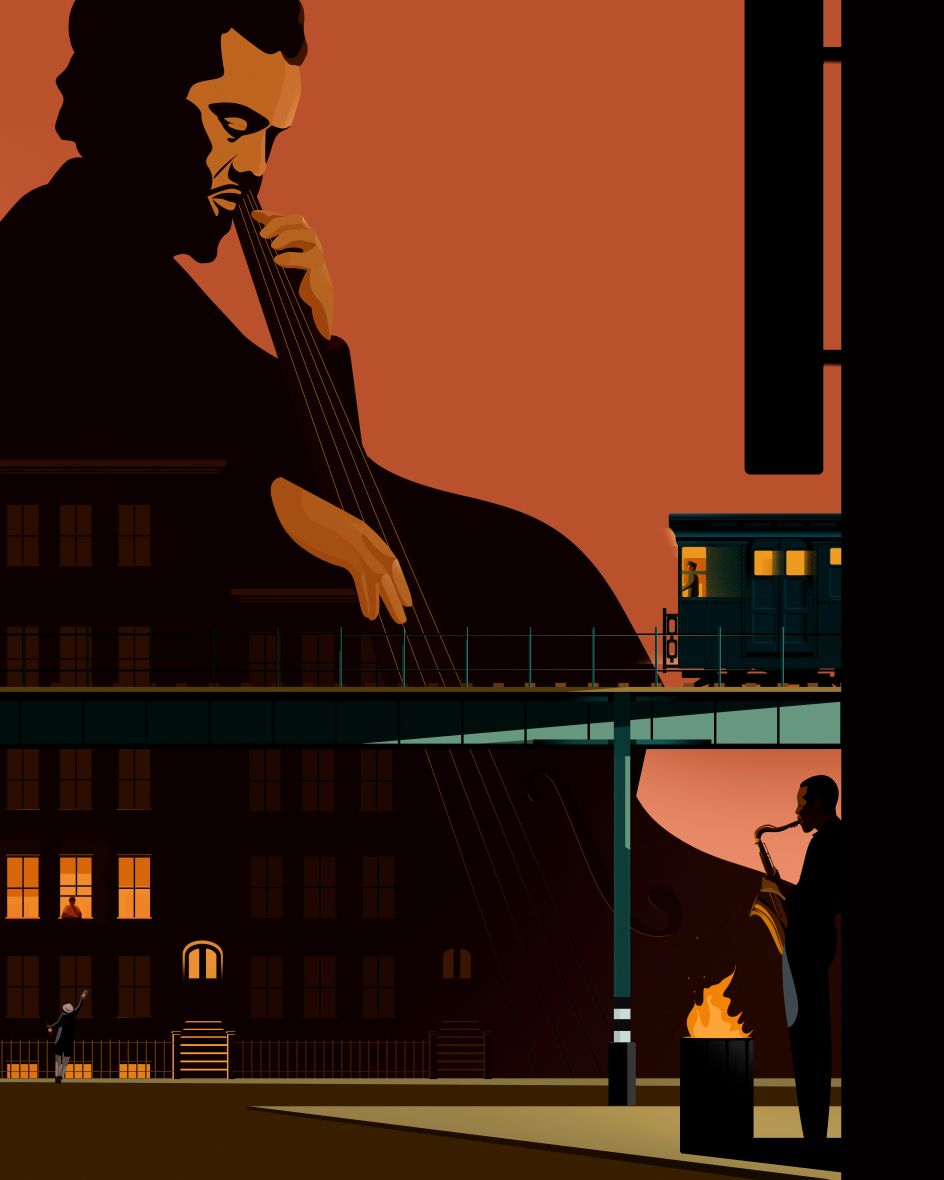
You now live in Dorset amongst the countryside – does that inspire your work?
It has taken me a long time to feel at home down here, but the sea change for me was falling in love with exploring and discovering the coast, not the beaches like West Bay or Weymouth, but the really interesting places that the tourists can't find and the rivers that you can swim.
I'd say that for now, Dorset is showing up more in my personal work for my shop. I've just recently finished a piece on wild swimming in Sturminster Newton, and I'm currently finishing a piece on running the South West Coast Path near Durdle Dor, so it's creeping in slowly. I think seeing it through my son's eyes has helped me see how beautiful it all is.
You mentioned light and shadow, but the choice of colour is also important for you too?
Yes, it's so important, and I'm still trying to improve my ability at using it within my illustrations to bring out certain areas, special combinations of colours that work to tell the mood of the story.
I lost my way with colour up until quite recently. I guess I just wasn't concentrating on it enough, but I've been spending more time looking through books of colour theory and old books of painters that I admire as well as being more attentive when walking around; I've really fallen in love with it again and immediately it's improved my work.
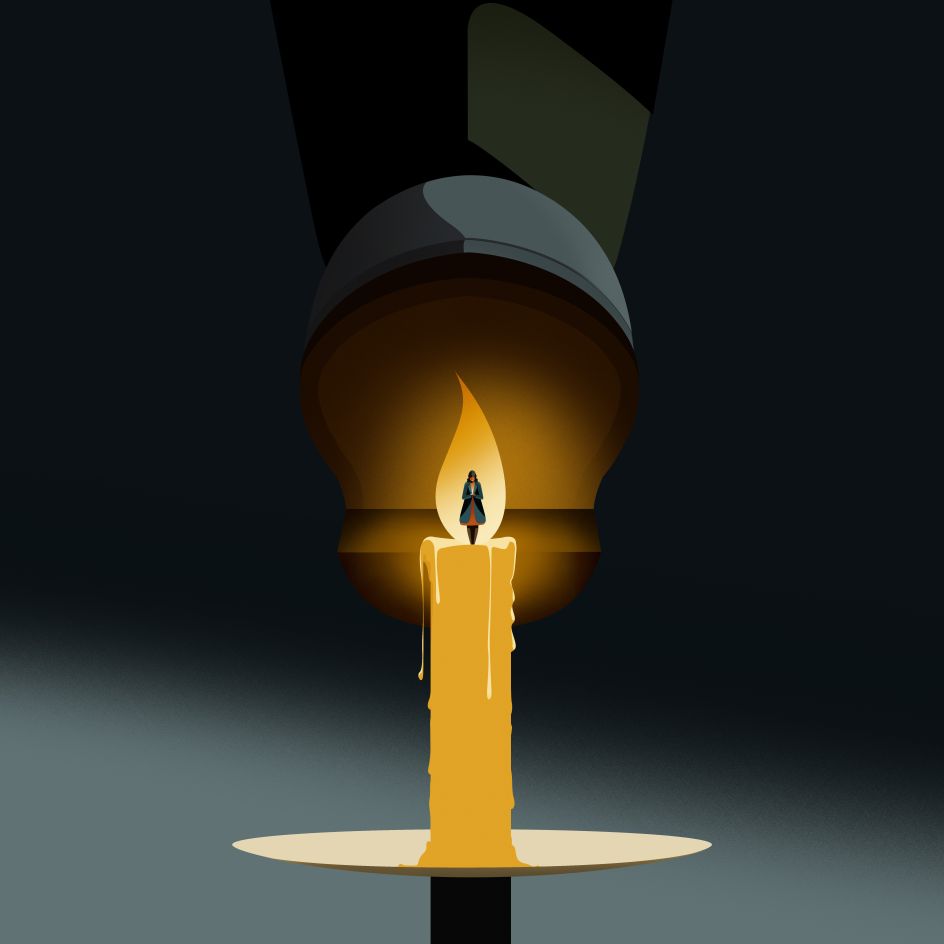
What have you learnt about yourself this last few years, particularly following the pandemic?
That I'm ok with being made to stay at home but less ok at the idea of not being able to buy toilet roll or pasta and that if I can't go running, I'm really grumpy.
Seriously though, it wasn't great at the start. It triggered my anxiety and my catastrophising, so I found it very hard to concentrate. I was in the middle of two big advertising jobs as well – they definitely suffered because of the stress of the pandemic and the effect it was having on everyone involved.
But after the initial struggle, it actually taught me to slow down, take on less work and then the work you do take on is of a much higher quality because you have more time to concentrate on it. It's scary at first turning work down, and I'm still not great at it, but it definitely improved my work and my mental health.
What was interesting to me about the pandemic, though, was how lots of people and I adapted. We got used to it, and it became the norm. If we can take that mentality into the battle against climate change and the massive changes to daily life that are required, then I can see a bright future. In a strange way, it's given me a great reason to be optimistic and made me even more determined to be the best artist I can be.
